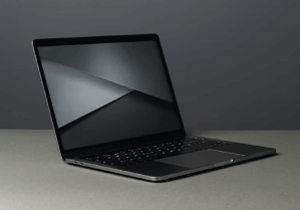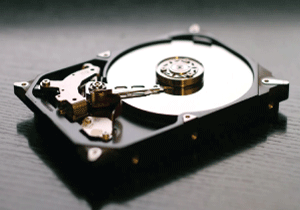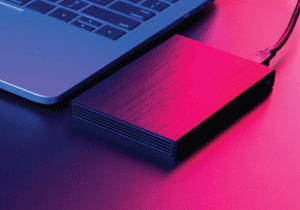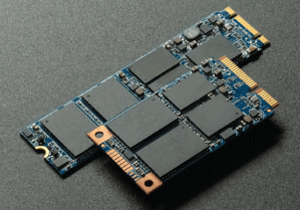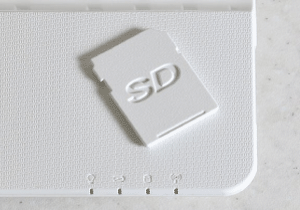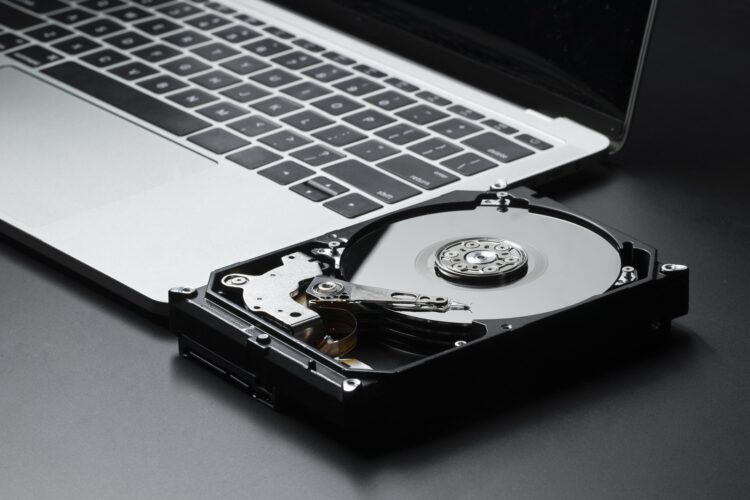
External Hard Drives Recovery: What You Need to Know
In an era where digital data plays a pivotal role in both personal and professional lives, external hard drives serve as essential tools for storage, backup, and data portability. However, like all storage devices, they are vulnerable to data loss due to a variety of factors including physical damage, file corruption, malware, and user error.
Understanding how to respond to data loss and what recovery options are available can make the difference between regaining critical information or losing it permanently. This comprehensive guide will explore everything you need to know about recovering data from external hard drives, step by step, from diagnosis to professional intervention.
Understanding the Causes of Data Loss
Before diving into recovery methods, it’s important to understand why data loss happens. The cause directly impacts the likelihood and method of successful recovery.
Physical Damage
Physical damage is one of the most severe types of data loss. Common causes include:
- Dropping the drive
- Exposure to water or extreme temperatures
- Internal mechanical failure (e.g., head crash, spindle motor failure)
- Power surges
Symptoms: Clicking or grinding noises, failure to power on, or the drive not being recognized by the system.
Logical Errors
Logical damage refers to problems with the drive’s file system or data structure. This type of damage does not affect the hardware itself.
- Corrupted file systems (NTFS, FAT32, exFAT, etc.)
- Partition loss
- Accidental formatting
- Operating system errors
- Virus or ransomware attacks
Symptoms: Prompt to format the drive, missing partitions, or inaccessible data.
Human Error
Accidental file deletion or mistakenly formatting a drive without backup is more common than one might think.
- Deleted files not present in Recycle Bin
- Formatted drive that wipes all contents
- Improper disconnection without ejecting the device
Firmware or Electronic Failures
Sometimes, a drive may appear physically intact but suffer from internal firmware issues or PCB (Printed Circuit Board) failure. These are complex cases that usually require specialized equipment for diagnosis and repair.
Immediate Steps to Take After Data Loss
Acting appropriately and promptly is crucial to maximizing your chances of a successful recovery.
Stop Using the Drive Immediately
The moment you notice missing data, discontinue any read/write operations. Continued use risks overwriting sectors that may still contain recoverable data.
Isolate the Cause
- Does the drive power on?
If not, you may be dealing with a hardware or power issue. - Is it recognized by the computer?
If not, test it on a different machine or USB port. - Do you hear unusual sounds?
Clicking or buzzing indicates mechanical failure—stop using it immediately and consult a professional.
Data Recovery Methods
Once the cause is suspected or confirmed, you can proceed with the appropriate recovery method.
Software Based Recovery (For Logical Issues)
If your drive is operational and shows no signs of physical damage, data recovery software can often retrieve lost files.
Top Recovery Software Tools:
EaseUS Data Recovery Wizard
- Supports over 1,000 file types
- Recovers lost partitions, formatted drives, and deleted files
- Easy to use interface
Recuva (by CCleaner)
- Lightweight and ideal for quick scans
- Best for recent deletions
- Free version available
Stellar Data Recovery
- Advanced scanning modes
- Recovers from formatted, encrypted, and corrupted drives
- Suitable for business use
Disk Drill
- Compatible with Windows and macOS
- Preview feature before recovery
- Includes backup utilities
Pro Tip: Install recovery software on a different drive than the one you’re recovering to avoid overwriting data.
Manual Recovery from Backups
If you’ve implemented regular backup procedures (e.g., through cloud services, NAS systems, or secondary drives), restore the files from the latest version. Backup tools like Time Machine (macOS), File History (Windows), or third party options like Acronis and Backblaze can make this seamless.
Professional Data Recovery Services
If the drive has sustained physical damage, recovery software will be ineffective and may cause further harm. In such cases, seek help from a certified data recovery laboratory.
What to Expect:
- Diagnosis & Quotation: Technicians will evaluate the drive and provide a cost estimate.
- Cleanroom Recovery: Physically opening the drive requires a cleanroom environment to avoid contamination.
- Cloning & Extraction: Professionals clone the drive to avoid working directly on the damaged disk.
Top tier providers may include Ontrack, DriveSavers, Gillware, or regional data recovery labs.
Preventing Future Data Loss
The best data recovery strategy is prevention. Implement the following best practices:
Implement a 3 2 1 Backup Strategy
- 3 copies of your data
- 2 different storage media (e.g., external HDD + cloud)
- 1 copy off site
Handle with Physical Care
- Avoid dropping or moving the drive while in use
- Use anti static protective cases
- Keep away from liquids and extreme temperatures
Use Surge Protectors and UPS Systems
Protect your hardware from voltage spikes and power outages that could cause drive corruption or failure.
Regularly Scan for Malware
Install reliable antivirus software and perform regular scans to avoid malicious threats.
Safely Eject External Drives
Always eject the drive properly before disconnecting to prevent data corruption due to interrupted write processes.
When to Call a Professional
Seek professional help in the following situations:
- The drive is not recognized and no software can detect it
- The drive is making clicking, buzzing, or grinding noises
- You experience repeated disconnections or freezing
- You need to recover sensitive or legally critical data
- DIY recovery attempts have failed
Attempting to fix a physically damaged drive without proper tools and environment can result in permanent data loss.
Data recovery for external hard drives can range from a simple file restoration to a complex cleanroom operation, depending on the nature of the data loss. Understanding the underlying cause, responding quickly, and choosing the right method, be it software or professional services will significantly increase the chances of a full recovery.
Preventative measures, such as routine backups and careful handling, can save you the stress and cost of recovery in the future. If in doubt, always consult a data recovery expert before taking irreversible actions.
Best Data Recovery Singapore
Expert Data Recovery Solutions & Trusted Data Recovery Service Centre in Singapore
As one of the top data recovery centres in Singapore, Volta PC Upgrade & Repair is dedicated to providing professional, secure, and efficient solutions to ease the stress of data loss. With years of experience, cutting edge tools, and a team of skilled experts, we recover lost data from a wide range of storage media including hard drives, mobile phones, SD cards, and digital files. Whether it’s due to accidental deletion, hardware failure, or software issues, you can trust us to handle complex data recovery cases with precision and care, delivering reliable results across hard drives, SSDs, RAID systems, and more. With our No Data, No Recovery Fee guarantee, your data is in the hands of proven experts.

